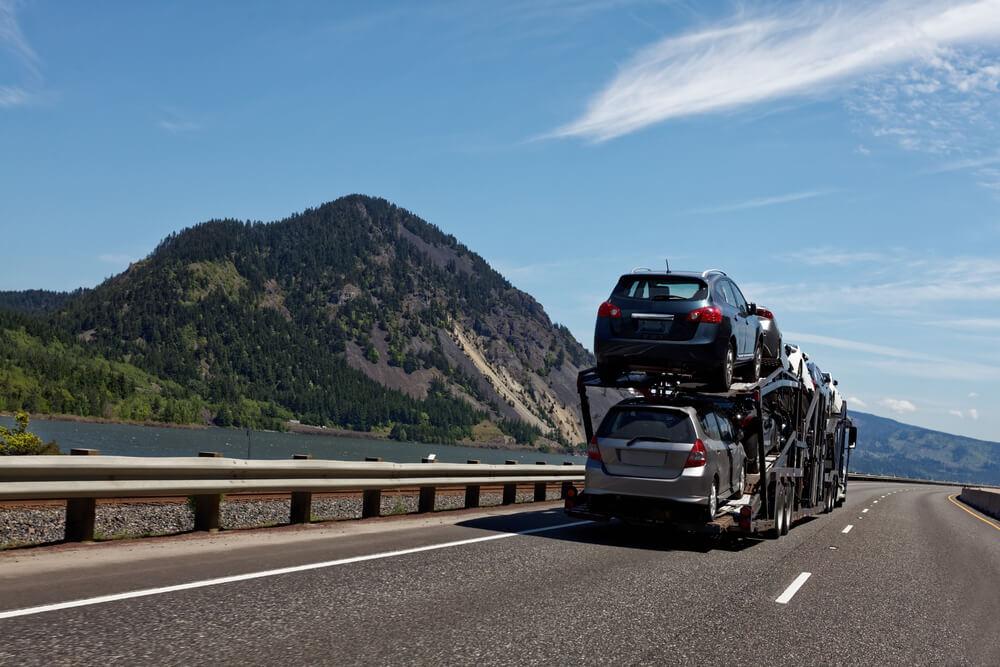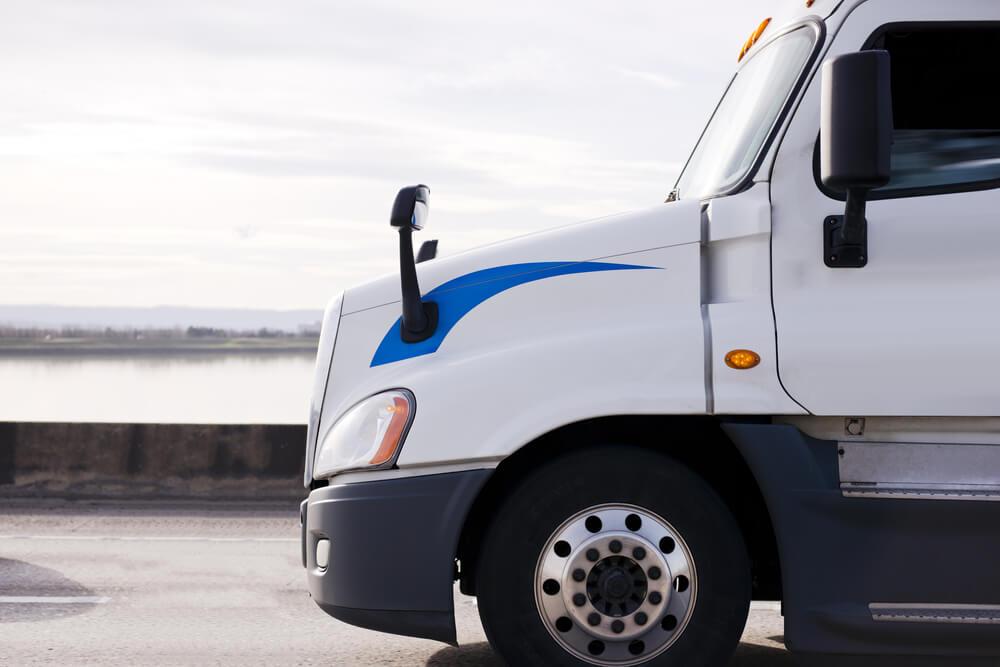What is the number one method of transportation?
Road transportation is the most common and first mode of logistics, tracing its origins from simple walking paths to the complex network of roads used today for bikes, cars, and trucks. This mode has evolved alongside human civilization, pivotal in the movement of goods and people. Its widespread use in logistics, attributed to its flexibility, extensive reach, and convenience, makes it an indispensable part of daily life and commerce.
Road transportation, encompassing everything from walking, horses, and wagons to bikes, cars, and trucks, is the oldest and most widely used mode of transportation in logistics. Its longevity and prevalence testify to its adaptability and essential role in facilitating trade, commuting, and communication. This mode of transport has evolved over centuries, becoming increasingly sophisticated to meet the growing demands of modern society and commerce. Today, road transportation's versatility and extensive network make it the backbone of logistics, providing unparalleled accessibility and convenience for moving goods and people across short to medium distances.
Assessing the Popularity of Various Transport Methods
One must choose the right mode of transportation for their needs, comfort, and budget. Due to distance, duration, cost, and personal preference, some travel options are more popular. Studies of well-studied and widely used transportation methods worldwide demonstrate significant trends and preferences. Cities are still dominated by cars, although biking and walking are becoming more popular over short distances.
In congested cities, buses, trams, and metros are popular. Cross-country and long-distance domestic rail travel is more relaxed and scenic than air travel. Transcontinental or long-distance journeys are faster and cheaper by air. Age, money, and lifestyle also affect transportation choices.
The Impact of Geography on Transport Choices

Geography influences transportation mode choice. Mountains make it hard to build roads or railways, so people rely more on air travel, which is more expensive but can easily navigate the terrain. Roads and railways are more efficient and cost-effective on flat, open terrain with fewer natural impediments.
Access to waterways can also influence transportation choices. Due to their affordability and accessibility, coastal communities and towns surrounding rivers and lakes use boats and ferries for transportation. However, enormous oceans and seas require air travel for speedier, worldwide transit despite its high expense. Geographic characteristics and practical considerations typically determine a region's transportation techniques.
The Role of Economics in Transportation Preferences
Economic concerns affect transport preferences. Some transit techniques match these characteristics financially. Most budget-conscious shoppers consider price. Thus, owning a car or riding public transit like buses or subways requires consideration of fuel, insurance, maintenance, fares, and ticket pricing.
Cost is not the sole economic element affecting transportation. Time matters. The global economy values time because efficiency and speed improve productivity. Air travel and high-speed trains may become more enticing due to increasing expenses. By considering financial implications, transportation preferences depend on finances.

Comments
Post a Comment